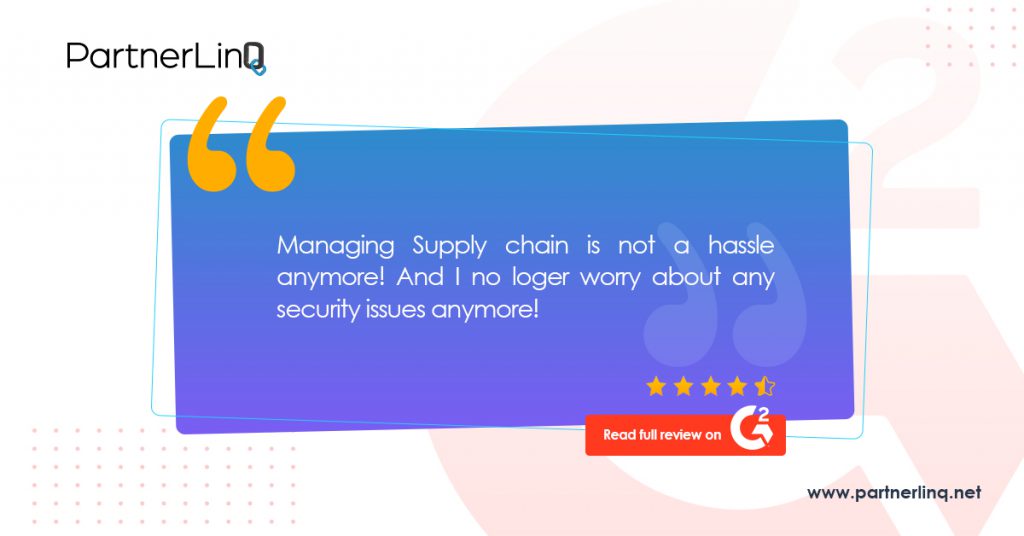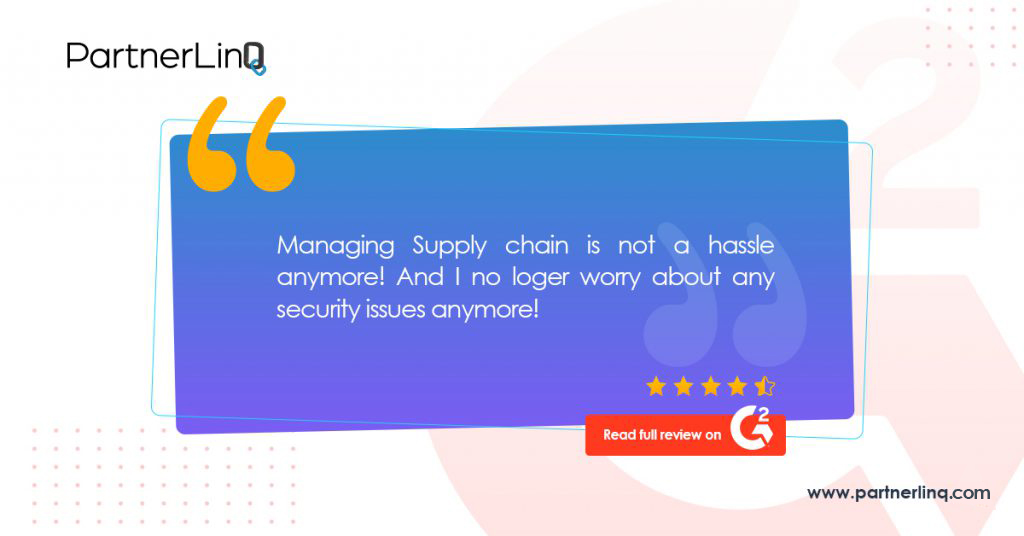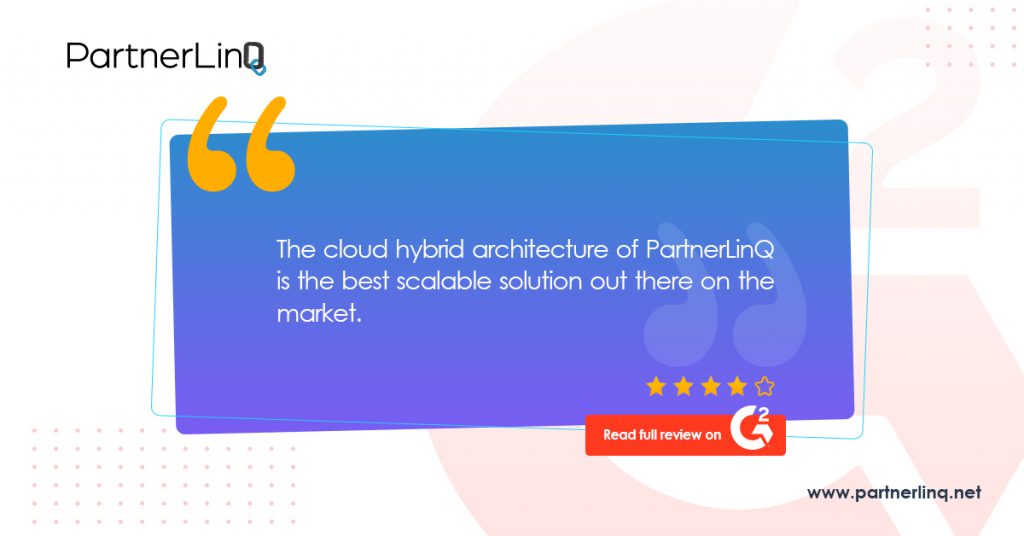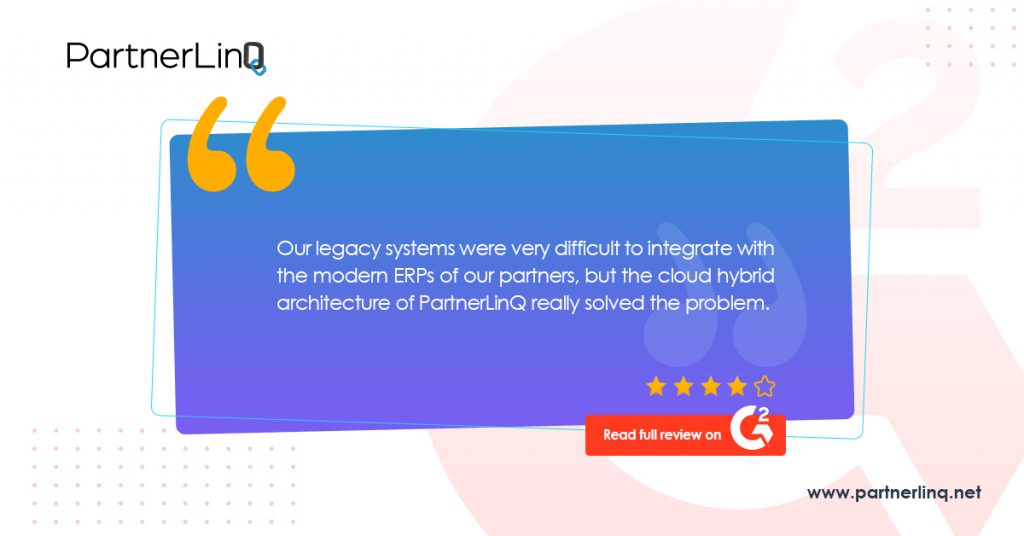Prepping Up for a Cost Push Inflation
US food makers have been warning about impending price increases over the last few months and since we are all consumers at heart, we can see the evidence at the grocery store. According to NielsenIQ, 50 of the 52 food categories it surveys are reporting higher prices when compared to last year.
This cost push inflation effect can be attributed to a few things: rising commodity prices with the cost of raw materials at its highest in almost a decade, increasing transportation costs, supply chain disruptions, and changing consumer demands. Acosta’s study on eating habits shows 55% of Americans are eating more at home since the start of the pandemic.
Balancing the Green New Deal with the closure of the Keystone XL pipeline as well as COVID vs consumption are all contributing to a cost push inflation. The subsequent attack on the Colonial Pipeline directly impacted consumers right at the beginning of the summer travel season. The big question is how businesses can prepare for such unforeseen circumstances, circumstances with real consequences.
Dealing with Cost and Performance Pressures: A Case for a Digital Supply Chain
Disrupted supplies, fluctuating demands, and changing consumer behavior all signal a period of major change for CPG, while events such as an impending cost push inflation will push organizations further towards optimizing costs and reassessing their entire business processes.
While e-commerce continues to gain momentum and smaller and more agile competitors challenge the titans of grocery, the increase in competition has reignited cost and performance pressures like never before. Scale is no longer enough to drive a competitive advantage. More participants plus more channels means more complexity in moving packaged goods from the factory floor to the ‘Bull’s-Eye Zone’ on store shelves.
Modern organizations have worked on ‘lean’ philosophies for decades, but The Economist’s Intelligence Unit reports that almost 60% of its surveyed respondents are looking at changing these strategies and dramatically so. Market participants are more eager to maintain redundancies. Redundancies in excess capacity and supply chain resilience proved to be more beneficial in 2020 than speed and efficiency.
As a result, the supply chain is no longer being viewed through the lens of being a cost center – rather, supply chain planning has become a strategic imperative and a capability to be invested in.
The Economist’s Intelligence Unit is also reporting that 90% of retail and CPG executives now plan to change their supply chain networks, with more than 40% expecting to increase CPG supply chain investments with a focus on digital agility, supply chain visibility, and resilience.
In short, the very concept of gathering a 360° view of customer information has been unseated by an expanding plan to gather a 360° view of supply chain entities and assets well beyond the classic sense. What we are talking about stretches the limits of what was once considered practical – we are talking about assets, accounts, items, locations, and legal entities; materials, products, and reference data; suppliers, partners and customers. The question now is how and where to begin.
Powering Agility through a Digital Supply Chain
Core ideas around alternative factories, multi-sourcing, and maintaining generous amounts of buffer stock are gaining traction, along with the need for cutting-edge technology to enhance omnichannel presence. Big retailers and CPG companies have begun constructing more agile and flexible networks of partners and intermediaries, sources and supply chains, augmenting their pool of primary suppliers with a complete secondary network and tertiary markets that can fill in when needed.
More and more grocers are returning to or developing their own private label brands to supplement their current supplies in an attempt to keep shelves full and counter cost push inflation effects. They are encouraging existing suppliers to build frameworks that allow them to produce in multiple locations, while also returning to inventory policies that have all but reversed cross-dock operations.
Such alternative sourcing strategies are being complemented by intelligent and autonomous systems, powered by digital innovations like Internet of Things (IoT), Artificial Intelligence (AI), and Machine Learning (ML) – all targeting further cost optimization and digital agility across the value chain.
Connected CPG supply chain software can efficiently communicate with each other to enable decision-making without human intervention. Making the most of Industry 4.0 tools will also provide supply chain visibility across all nodes in the partner network and facilitate on-the-fly remediation in case of disruptions.
Countering Cost Push Inflation Effects: Digital Agility and Insights as Business Imperatives
Agility, supply chain visibility, and insights thus become vital for the survival and success of a modern CPG enterprise. More and more supply chain managers are playing a key role across board rooms and contributing to critical and strategic decisions like cost optimization, product and vendor selection, merchandising, and operations.
According to Bain andMicrosoft’s combined study of supply chain leaders, digital agility and resilience top the list of priorities in their choice of supply chain software. The same study identified two key areas for future-resistant investment:
- In-depth analytics for predictive planning: CPG organizations need end-to-end and in-depth supply chain visibility to generate granular data sets, which can then be leveraged to provide actionable insights. These insights lead to better anticipation of supply-side changes and enable agile and real-time decision-making in the face of emerging opportunities and challenges.
- Omnichannel strategy: An omnichannel strategy ensures consistent customer experiences across websites, mobile apps, social media accounts, and brick-and mortar stores and enables customers to shop through all of these available touchpoints. In addition to increasing potential sales avenues and successfully addressing cost pressures, businesses with an omnichannel presence report 90% higher customer retention over those that do not.
Partnering for Crisis-Resistant Growth: Survival and Success in Changing Times
A very fine line lies between survival and success; after a year of turbulence, CPG is making its way into this new era, the new normal.
The most successful brands are using intelligent technologies to adapt to faster-evolving consumer demands and market challenges like cost push inflation and regulatory constraints. While many still lack in resources to invest, supply chain planning has to take into account preexisting conditions, business plans, and other obstacles that impede progress towards resilience.
Striking a balance between efficiency and resilience is not easy. Increased resilience implies an increase in operational costs, but such costs can be offset by an integrated approach and a technology redeployment. Organizations need a CPG supply chain solution that brings together operational scale and flexibility, analytics and predictive planning, and an omnichannel capability – such digital agility provides the much needed degree of supply chain visibility, flexibility, and resilience that modern organizations need.
What CPG companies (as well as others, including Transportation, MRO, and electronics) need are committed and experienced technology partners who can provide network connectivity, partner communication, and supplier and customer insights and can set them on a path towards crisis-resilient growth.
PartnerLinQ by Visionet: Digital Agility at the Speed of Business
PartnerLinQ is a hosted integration platform for EDI, B2B, and API integration; it is the result of Visionet’s industry expertise and technology leadership. The PartnerLinQ team at Visionet has 25 years of experience in providing industry-focused technology, consulting, and innovative solutions that drive global supply chain transformation from the factory to the end-consumer. Hosted on Microsoft Azure, PartnerLinQ is an innovative, process-centric, easy-to-use EDI solution that enables API-led, cloud native integrations. It includes a simplified B2B communication engine that combines EDI, AS2, SFTP, and real-time APIs and easily handles proprietary file-based formats and custom integrations. PartnerLinQ is well suited for retail, e-commerce, wholesale, transportation, 3PL, distribution, and digital and analog partner extensible platform, helping your team achieve operational efficiency and gain real-time visibility.
Visionet, a long-standing Microsoft gold partner, leverages Azure to build, test, deploy, and manage large-scale enterprise solutions for its clients; so when we set out to build PartnerLinQ, it made perfect sense to build, test, deploy, and manage the integration platform from within Azure.

 PartnerlinQ
PartnerlinQ



















